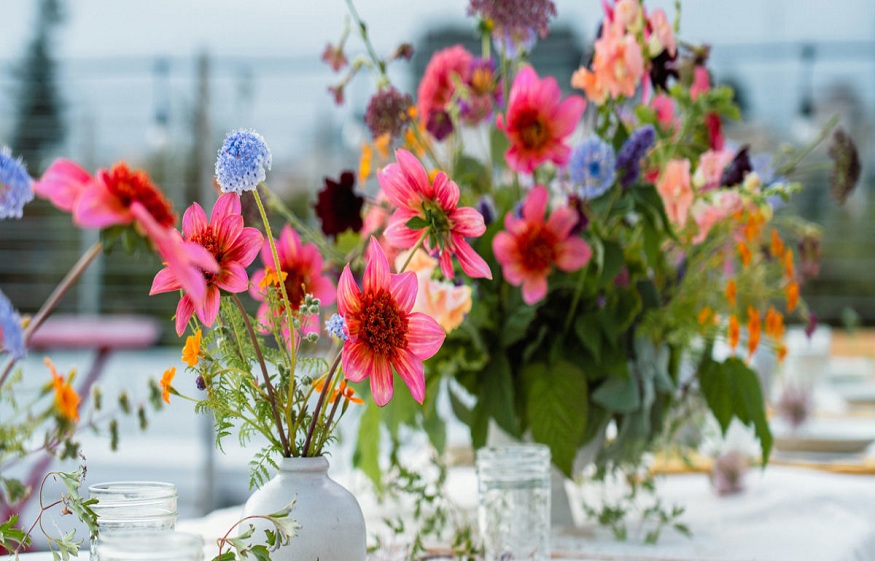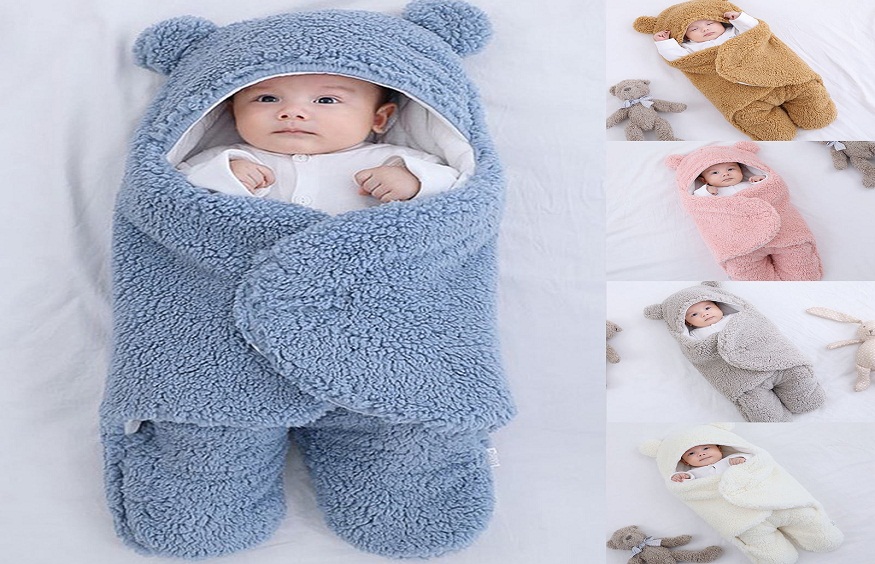An exquisite drape and opulent luster characterize satin as a fabric. All satin textiles are not made equally, though. The material and fine details in the construction have an impact on satin fabric pricing, among other considerations. The factors that influence satin’s price will be discussed in this article along with the benefits of premiumsatin print fabric.
Content Materials:
Satin pricing is largely determined by the base material. The uncommon and labour-intensive nature of satin is the most expensive. Being less expensive to create than natural fibers, polyester makes satin more accessible. Within the price range, rayon satin is situated. Counting more threads increases the cost of the same material. The final satin fabric will be smoother and glossier the finer the threads are woven into the fabric.
Weave and Coating:
Beyond the substance, a satin’s quality and worth are determined by its weave structure and finishing techniques. Costlier than satin-back materials is a real satin weave floating on the face of the cloth. Costlier are even more intricate weaves, such as double-face satins. Excessive production costs are incurred when high-end satins are polished, buffed, and sanded several times to improve their sheen and drape. The way a cloth keeps its beauty over time is also influenced by proper finishing.
Procedures for Dyeing and Printing:
The dyeing and printing processes affect the cost of printed and patterned satins. Although it costs more than traditional screen printing, digital printing produces intricate, lifelike designs. Moreover, the cost of specialty dyes such as acid, fiber-reactive, or dispersion dyes appropriate for a given fabric is considered. The complex prints that are produced by multi-step printing with overlays and resists are more expensive. The price increases dramatically with embellishments like beading or embroidery.
Brand Name and Place of Origin:
Naturally, satin textiles cost extra from well-known designer labels with instantly identifiable insignia. Pricing considerations also include the country of origin. Comparatively speaking to fabrics from emerging countries, fabrics made in areas with greater labour costs would retail for more money. They can sell their textiles at prices higher than typical because they work with specific satin mills that have a reputation for maintaining quality control.
Rich Satin Print Fabrics’ Benefits:
Though expensive, luxury satins are justified by the following advantages:
Hardness:
Printed satins of superior quality don’t fade or pill with repeated washings, dry cleanings, and normal use. For years of enjoyment, the exquisite details and vibrant colours are retained.
Versatility: Several ways to style are made possible by statement satin prints. These materials blend well with everything, from casual day dresses to elegant evening gowns. Additionally, you can create unique looks by mixing and matching printed panels.
Heritage caliber:
Satin prints can last for centuries if properly cared for and turned into priceless family treasures. Timeless moments are captured by the beauty, making them enduring.
Purchase of Investment:
In the long run, investing in high-end satin designs is more cost-effective than buying less expensive materials that wear out rapidly. They are also wise investments due to their residual beauty and market worth.
Originality:
Every garment is a unique form of self-expression because no two will have the same satin print design. Rich textiles bring the wearer’s excellent style and flair to the forefront.
Common Designs with Satin Prints:
These intricately beautiful and skillfully crafted satin print motifs are frequently found on luxury textiles.
Flowers on Prints:
Elegantly adorning backdrops are blooms of all sizes and shapes. Sketchy abstract flowers or realistic botanical images are both in style. The cost of flowers increases with the number of layers and with subtleties like watercolour shading.
The Geometric Prints:
People with sophisticated modern preferences are satisfied by crisp lines and patterns. The boundaries of print processes are pushed with intricate tessellations, op-art-influenced motifs, and abstract forms. Many printing stages are required for complex geometric repeats.
Figurative and portrait prints:
Dramatic scenery is created by ethereal faces, elegant silhouettes, and cultural icons. Experiential expression is conveyed through fine portraiture. That kind of craftsmanship takes time.
Freshness and Innovative Designs:
Custom-made novel prints with unconventional designs that challenge conventions are commissioned by artists. Being creative is expensive.
Luxurious Satin Prints: Maintenance and Storage
Proper maintenance keeps their luxury intact, therefore it’s worth the investment. The following advice is given:
– Use a mild detergent for dry cleaning or hand washing in cold water.
– Consider fabric protectant sprays for additional preservation.
– Air dry flat, iron on the wrong side with a press cloth if necessary.
– Store folded in acid-free tissue or garment bags in dark, cold places away from heat and light.
Enjoy wearing your striking pieces often, as satin designs are meant to be seen. Please remember that maintaining such heirloom-caliber textiles entails significant responsibility along with great beauty. Satin elegance is protected for years to come by adhering to basic care guidelines.
Satin Printing’s Prospects:
Satin printing will continue to advance along with technology. There will be more creative opportunities thanks to new advancements.
One day, perhaps, satin designs could be changed with a single button press thanks to developments in digital printing. Clothing might be instantly customized with screens that print directly onto fabric.
To satin prints, 3D printing could bring dimension, texture, and other effects. There may be unparalleled realism and interaction with raised or indented themes.
Satins with sensors, illumination, or even biometric data may be integrated into smart fabrics. Elevate satin to new frontiers of futuristic design with prints that light up, respond to touch, or show customized information.
Luxurious prints could become more environmentally friendly through sustainable satin production that uses natural dyes, recyclable ingredients, or closed-loop making.
The only thing stopping us is creativity. Satin printing is expected to go further and become more multi-sensory, brilliant, and customized than it has been previously. As this regal textile continues to evolve, the future seems bright.
Conclusion:
In conclusion, several variables, including material, weave, finishing, and printing methods, affect satin fabric price. But well-made printed satins are worth every penny since they are incredibly durable, adaptable, and unique. Satin elegance is a timeless wardrobe essential due to its heirloom quality and inherent luxury.



